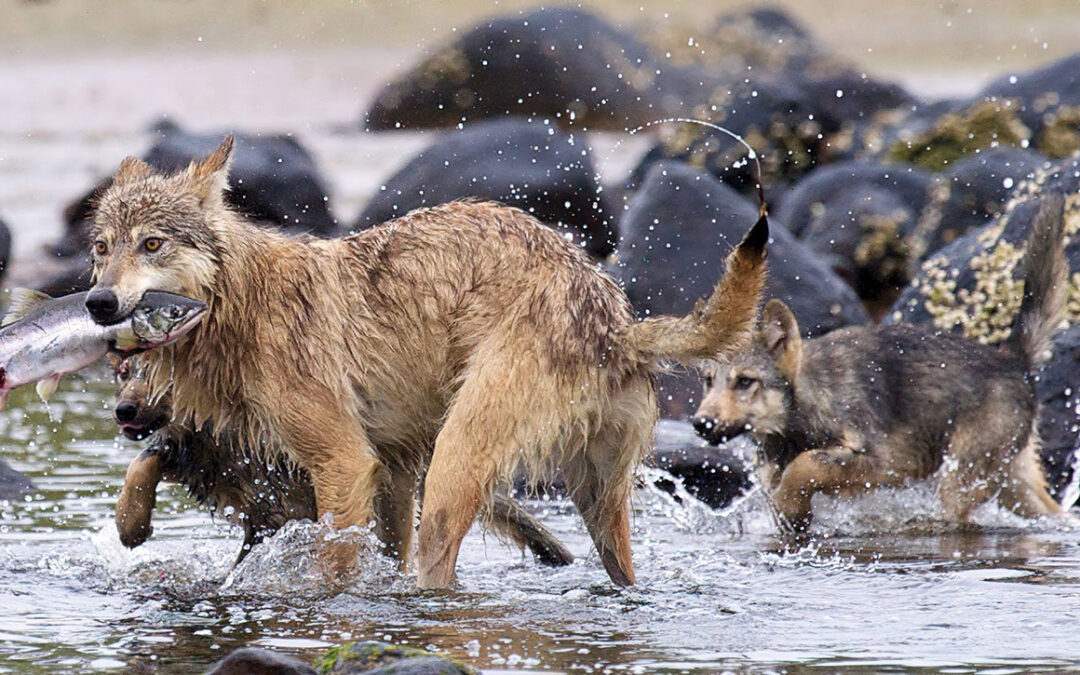
by David Young | Jan 24, 2025 | Mammals
Photo above by Klaus Pommerenke Vancouver Coastal Sea Wolf Author: Theodore Jack Photos: Thank you to Klaus Pommerenke, Steve Woods and the Rainforest Conservation Foundation (RFC) for the use of their photos. Scientific name: Canis lupus crassoden Size range: 4-5...
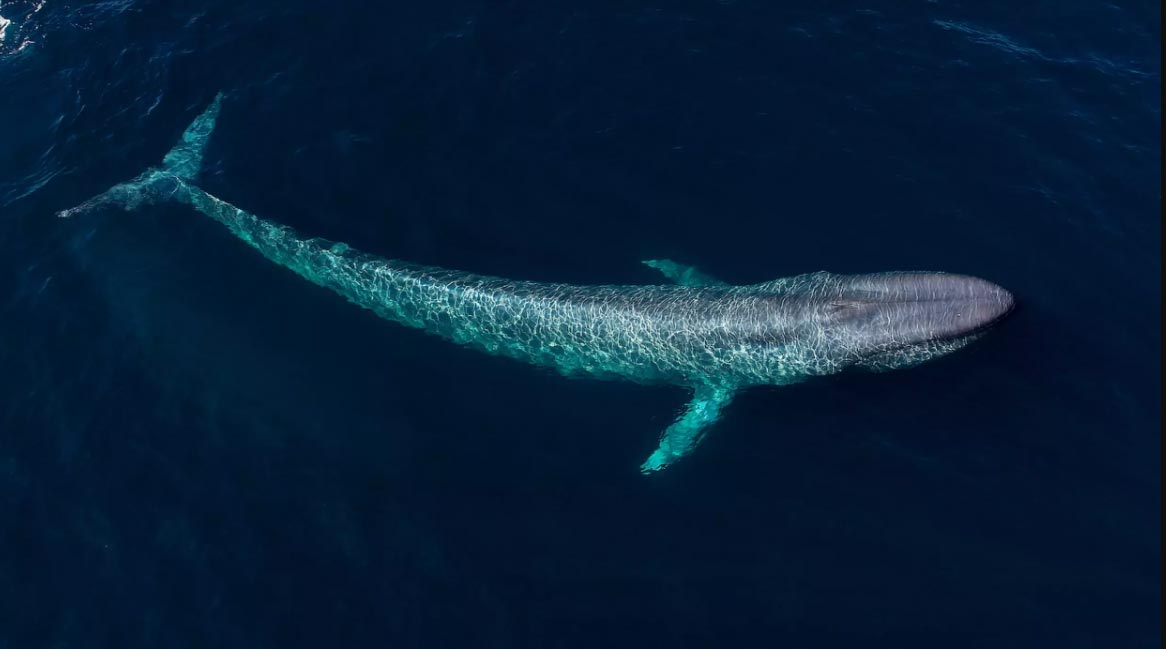
by David Young | Nov 23, 2024 | Mammals
Author: Antonia Kropp Photo – Thanks to Chase Dekker for permission to use his photo. Scientific Name: Balaenoptera musculus Size: Blue whales are the largest living animals ever known (bigger than dinosaurs). Adults are 23-30 meters long, with females growing up...
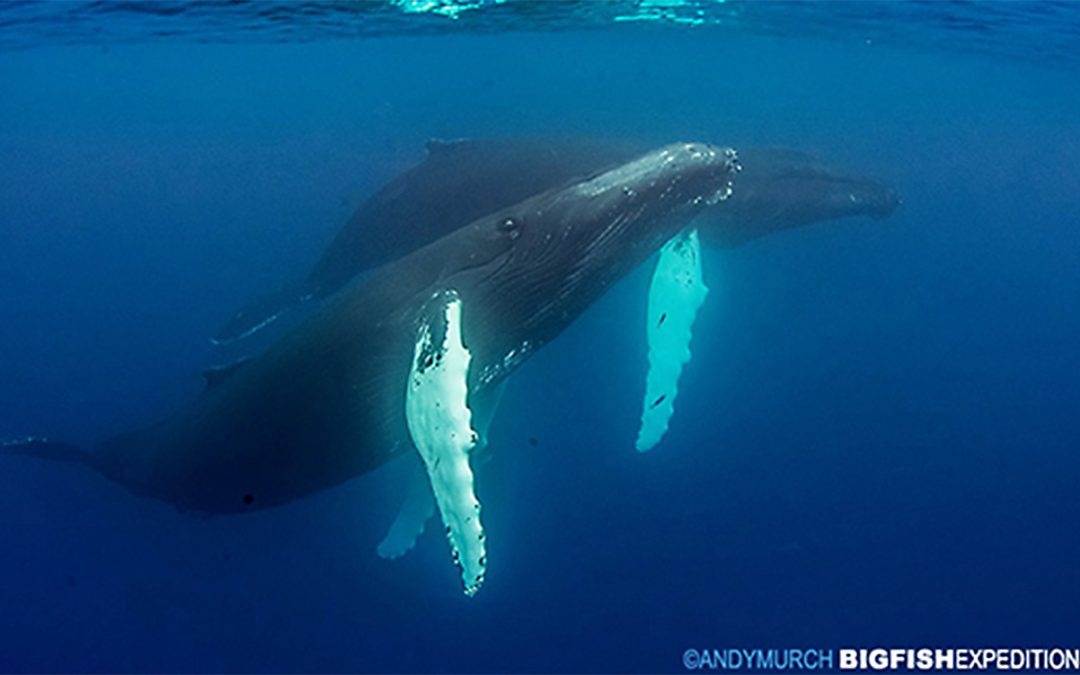
by David Young | Nov 23, 2024 | Mammals
Author: Hannah O’Shea Photos: Thank you to Andy Murch for the use of his photos Scientific Name: Megaptera novaeangliae Size Range: The females range from 15-16 metres in length and the males range from 13-14 metres in length. Status: Endangered (least concern) ...
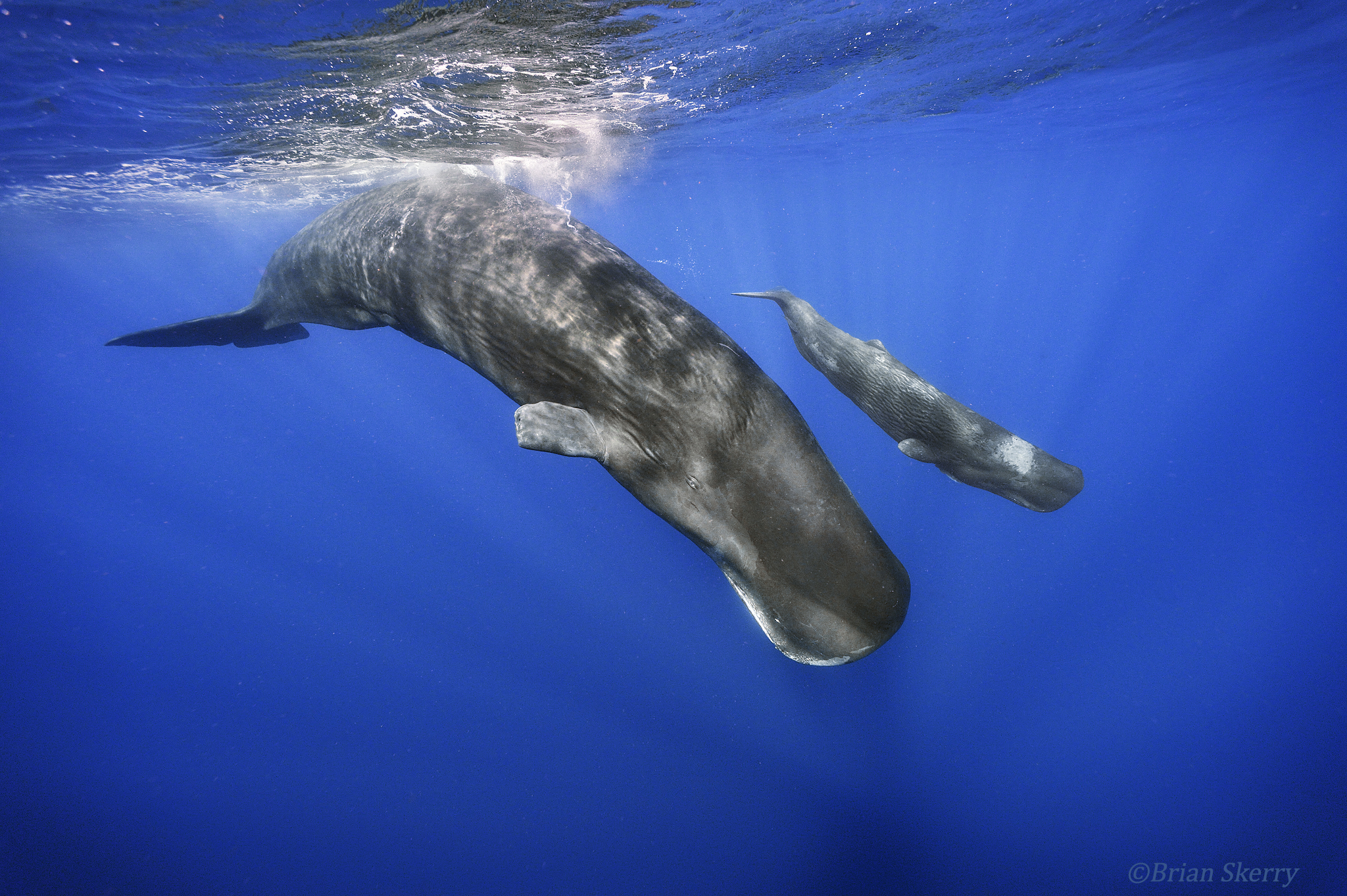
by David Young | Nov 23, 2024 | Mammals
Author: Ella Lapaire Photos: Thank you to Brian Skerry for the use of their photos. Scientific Name: Physeter macrocephalus Size Range: Females range from 12 – 14 m and males range from 16 – 18 m. Status: Endangered Population: It is estimated that there are around...
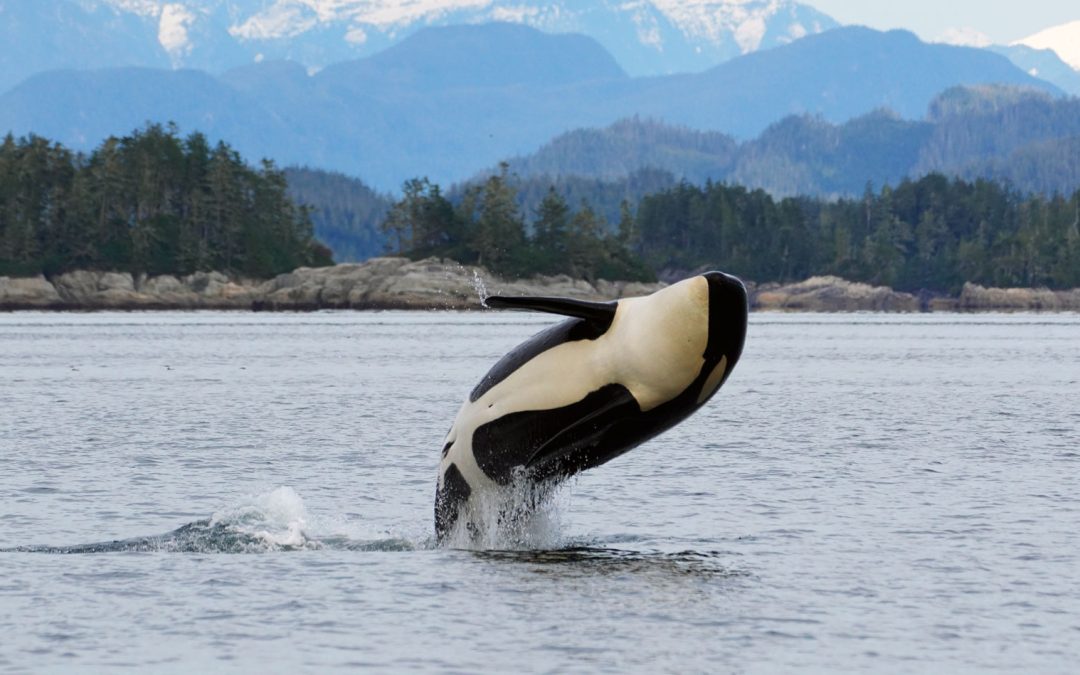
by David Young | Nov 22, 2024 | Mammals
Author: Allie Graff Photo: Thank you to Jared Towers for the use of his photo Common Names: Orca, Killer Whale Scientific name: Orcinus orca Size range: 7 to 9.7m long, (23 – 32 ft). Can weigh up to 7257 kg. Identifying features: Orcas are easily identified by their...
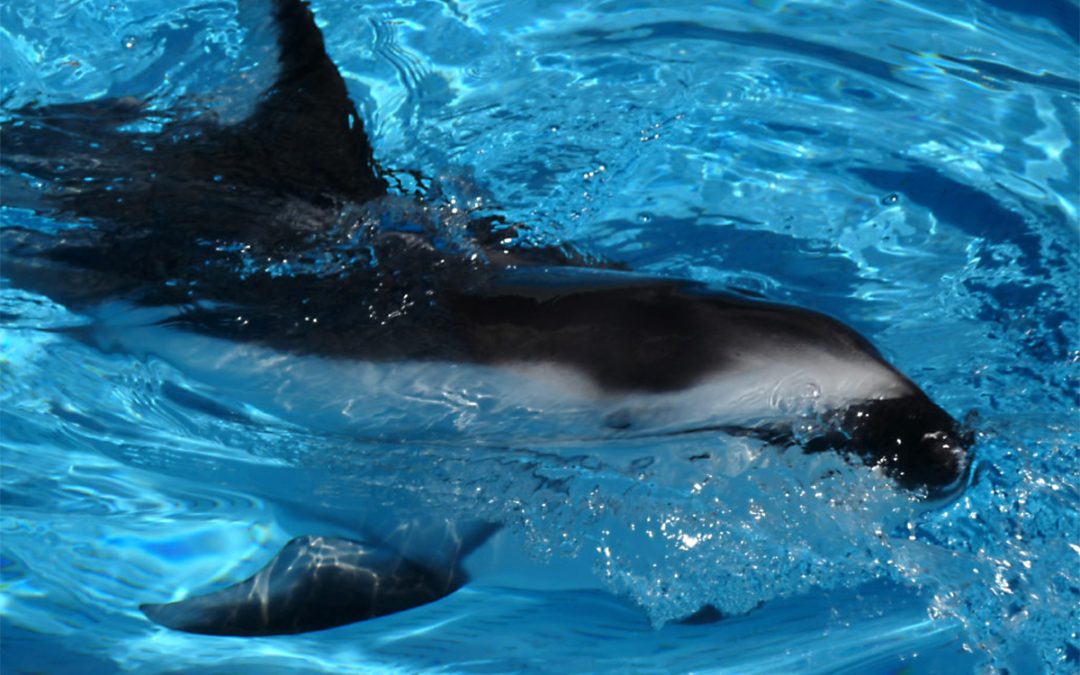
by David Young | Nov 16, 2024 | Mammals
Author: Isabella de Souza Dias Scientific name: Lagenorhynchus obliquidens Size range: Maximum length of 2.3 meters. Identifying Features: The Pacific White-sided Dolphin’s back is black, the sides are striped light and dark gray, and the belly is white. They...






